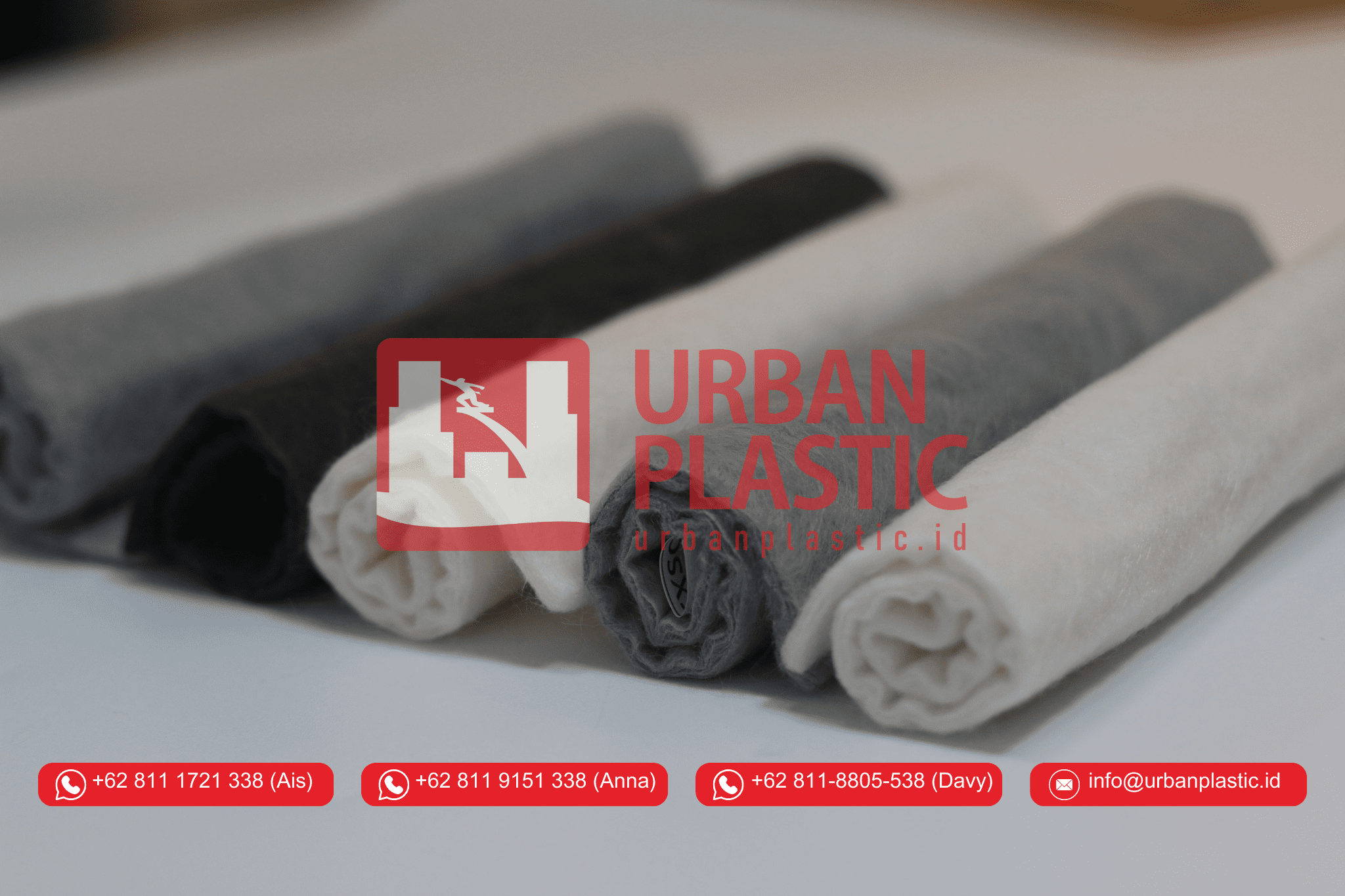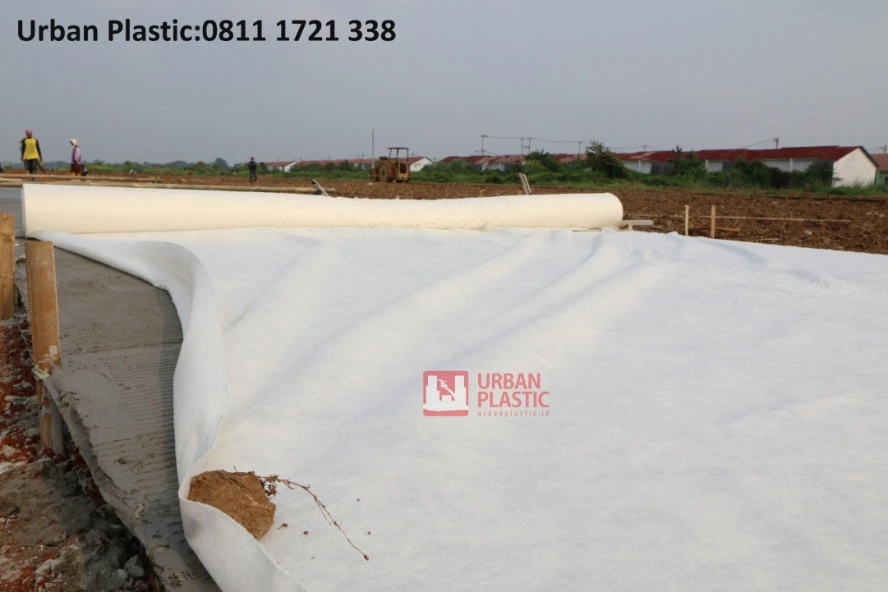In the realm of civil engineering, the quest for stability and sustainability has led to the evolution of innovative solutions, and prominent among them is the Geotextile Retaining Wall. This engineering marvel redefines conventional approaches to soil retention, introducing a synthesis of geotechnical and textile engineering principles.
The primary focus of enhancing stability in geotextile retaining walls lies in the meticulous construction process. Through the integration of specialized geotextile fabrics, reinforcing elements, and well-placed granular fill materials, these structures manifest a dynamic equilibrium between flexibility and strength.
Unlike traditional retaining walls, geotextile walls possess the ability to adapt to varying terrains, providing a harmonious coexistence with the natural landscape. As we delve into the intricacies of geotextile retaining walls, their pivotal role in stabilizing soil, mitigating erosion, and promoting environmental sustainability comes to the forefront, marking them as a cornerstone in modern engineering practices.


Construction and Components Geotextile Retaining Wall
The construction of a geotextile retaining wall involves several key components. These include geotextile fabrics, reinforcing elements, and granular fill materials. Geotextile fabrics, made from durable synthetic materials, serve as a barrier against soil movement while allowing water to permeate. Reinforcing elements, such as geogrids or soil nails, provide additional strength to the structure. Granular fill materials, strategically placed behind the geotextile wall, create a stable foundation and enhance drainage.
Advantages of Geotextile Retaining Wall
Flexibility and Adaptability
Geotextile retaining wall are inherently flexible, allowing them to conform to the natural contours of the terrain. This flexibility makes them particularly suitable for sites with challenging topography.
Cost-Effective Construction
Compared to traditional retaining walls, geotextile walls often require less material and labor for construction. The reduced environmental impact and shorter construction timelines contribute to overall cost-effectiveness.
Environmental Sustainability
Geotextile retaining walls promote environmental sustainability by minimizing disturbance to natural landscapes. The permeable nature of geotextiles also facilitates water drainage, reducing the risk of hydrostatic pressure and soil erosion.
Durability
The synthetic materials used in geotextile fabrics are resistant to decay and degradation. This durability ensures the long-term stability and effectiveness of the retaining wall.
Versatility in Applications
Geotextile retaining walls find applications in various settings, including highway construction, coastal protection, and slope stabilization. Their adaptability makes them a versatile choice for addressing a wide range of engineering challenges.
the integration of geotextile retaining walls signifies a transformative leap in the pursuit of stability and sustainability within civil engineering. The synergy between geotechnical and textile engineering principles has birthed structures that not only defy traditional constraints but actively enhance the stability of landscapes.
The meticulous construction, combining geotextile fabrics, reinforcing elements, and strategic granular fill materials, yields structures that exhibit a delicate balance between flexibility and robustness. Geotextile retaining walls transcend mere functional utility; they embody adaptability to diverse terrains, reducing environmental impact and instilling a sustainable ethos.
As these structures become integral to modern engineering practices, their role in stabilizing soil, averting erosion, and promoting ecological harmony emerges as a beacon of progress. Geotextile retaining walls stand not only as physical barriers but as testament to the evolving landscape of engineering excellence, charting a course toward a resilient, stable, and environmentally conscious future.
PT. Urban Plastik Indonesia is a Plastic Factory in Indonesia that sells plastic products such as Raffia Rope, Cast Plastic, Waste Plastic, Mulch Plastic, Irrigation Hose, Cassava Plastic, Body Bags, Plastic Sacks, Non Woven Geotextile, Geomembrane, Geobag, Welding Rod, plastic pellets, plastic tarpaulin, Geogrid and Geomat. For further information regarding Urban Plastic Brand Geotextile, please contact via: Whatsapp/Mobile Phone: +62 822-9933-3938 (Ms. Panni), or: Email: [email protected].

